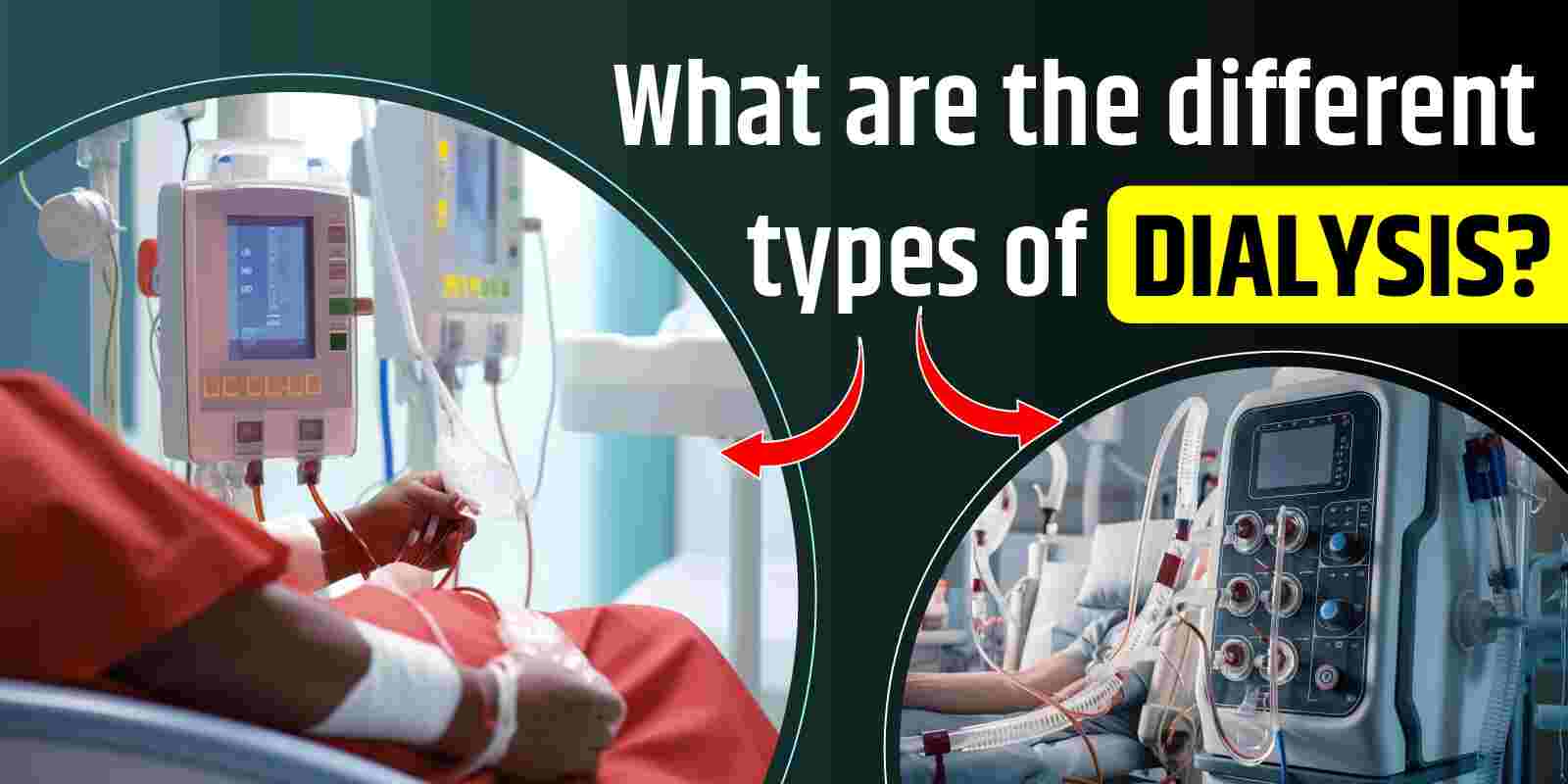
Before talking about dialysis, some understanding of kidney function is vital. Kidneys filter out wastes from the body and ensure a balance between salts, minerals, electrolytes, etc. in the body. When the functioning of your kidneys becomes compromised, a constant build-up of wastes in the body leads to multiple health complications. That is why, kidney treatment in Ayurveda or Ayurvedic treatment for kidney disease encourages a person to take good care of his/her kidneys.
A person with severely damaged kidneys will have no mechanism to filter those wastes out of the body. This is where dialysis comes into the picture. In dialysis, instead of the kidneys, a machine filters out wastes and toxins from the blood and returns the filtered blood to the patient's body.
In hemodialysis, a machine is engaged in the job of taking out impure blood from your body and filtering it via a dialyzer (artificial kidney). This filtered blood is returned to the patient’s body. it usually takes 3-5 hours and you may have to undergo hemodialysis 3-4 times a week, depending on the severity of your disease.
To have easy access to your bloodstream, a minor surgical procedure is performed. You may have to undergo:
The main aim of these surgical procedures is to enlarge the connected artery and vein so that dialysis goes on smoothly.
To minimize any untoward occurrence, the machine monitors your blood pressure and other vitals.
In Peritoneal dialysis, tiny blood vessels present in the abdominal lining (peritoneum) take center stage, as they filter the blood with the help of a dialysis solution. This dialysis solution consists of water, salt, and other additives. Peritoneal dialysis takes place at home. Two different forms of Peritoneal dialysis are:
Before starting this type of dialysis, you as a patient will have to undergo a minor surgical procedure. A soft, thin tube (called a catheter) is inserted through the abdomen into the peritoneum. Your doctor will explain the necessary precautions and help you with the explanation. Being less disruptive compared to hemodialysis is the biggest benefit of peritoneal dialysis.
A massive deterioration in the renal function usually prompts the doctors to recommend dialysis to the patients. If your eGFR is 15 mL/min/1.73 m2 or less, then you need to undergo dialysis.
Karma Ayurveda remains the ultimate destination for those seeking natural treatment for health disorders, including renal damage. The hospital offers quality treatment that are based on herbal methods that include herbs, healing therapies, etc. Visit the nearest branch and start your journey towards good health.
A standard procedure for people with acute renal damage, dialysis has been a lifesaver for many and does help improve the quality of life of those suffering from severe renal damage. Consulting with your healthcare provider on the requirement of dialysis is a must. It will be better if you take care of your kidneys while you are healthy. This will help you avoid undergoing this procedure.
"Ayurveda is not just a system of medicine; it's a way of life. Connect with us to embrace a lifestyle that nurtures your body, mind, and soul."

Certificate no- AH-2023-0186
JAN 05,2023-JAN 04,2026